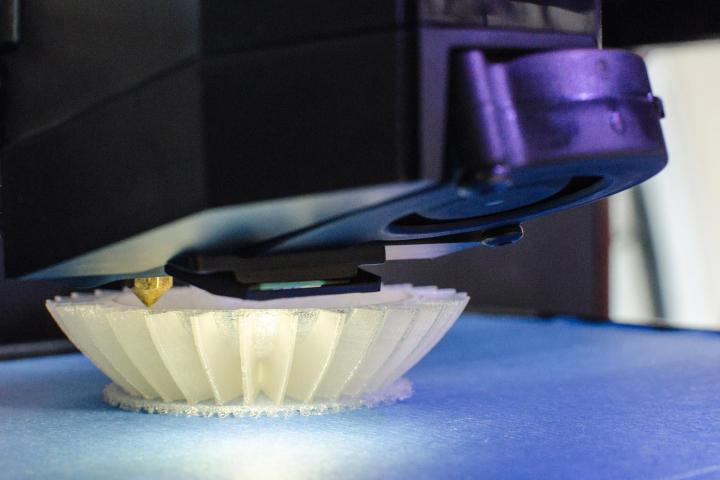
With the 3-D printing trend already taking the tech world by storm, and offering 3-D printed luxury homes, food, and even organs, it is no wonder that some believe that 3-D printing will revolutionize the manufacturing business at large. And with the medical and health implications of this new technology considered among the most exciting on the horizon, 3-D printed skin now appears to be one of the most promising 3-D innovations, and one of the most lucrative new investments.
For decades now, cosmetics company L’Oreal has been attempting to develop artificial skin, but nothing has been as exciting or as groundbreaking in their quest as the arrival of this new printing technique, which not only increases efficiency, but more importantly, precision.
Just last month, Guive Balooch, global vice president of L’Oreal’s technology incubator, told The Washington Post, “L’Oreal’s focus right now is not to increase the quantity of skin we produce but instead to continue to build on the accuracy and consistent replication of the skin engineering process.” And given that L’Oreal spent $1 billion on research and development in 2013 alone, a number of investors are waiting for this cash influx to pay off big-time.
But despite the popularity of 3-D printing, not everyone is convinced of its wonders just quite yet. On Tuesday, the Harvard Business Review published a piece exploring “The Limits of 3D Printing,” insisting that the technology “is not going to revolutionize the manufacturing sector, rendering traditional factories obsolete.” Rather, the Review claims, the practice has “unique capabilities to complement traditional manufacturing processes.”
Of course, skin has never been something that has come off an assembly line anyway, while the production of body tissue is already a proven capability of 3-D printing. And it is in this new potential that all the excitement (and money) lies.
Editors' Recommendations
- 3D printed cheesecake? Inside the culinary quest to make a Star Trek food replicator
- Need a last-minute Halloween costume? Check out these 3D-printable getups
- Here’s what a trend-analyzing A.I. thinks will be the next big thing in tech
- Ceramic ink could let doctors 3D print bones directly into a patient’s body
- The future of making stuff: Inside the evolution of 3D printing with Formlabs


